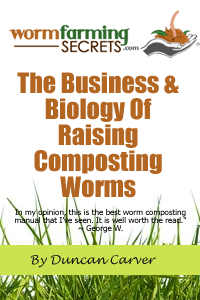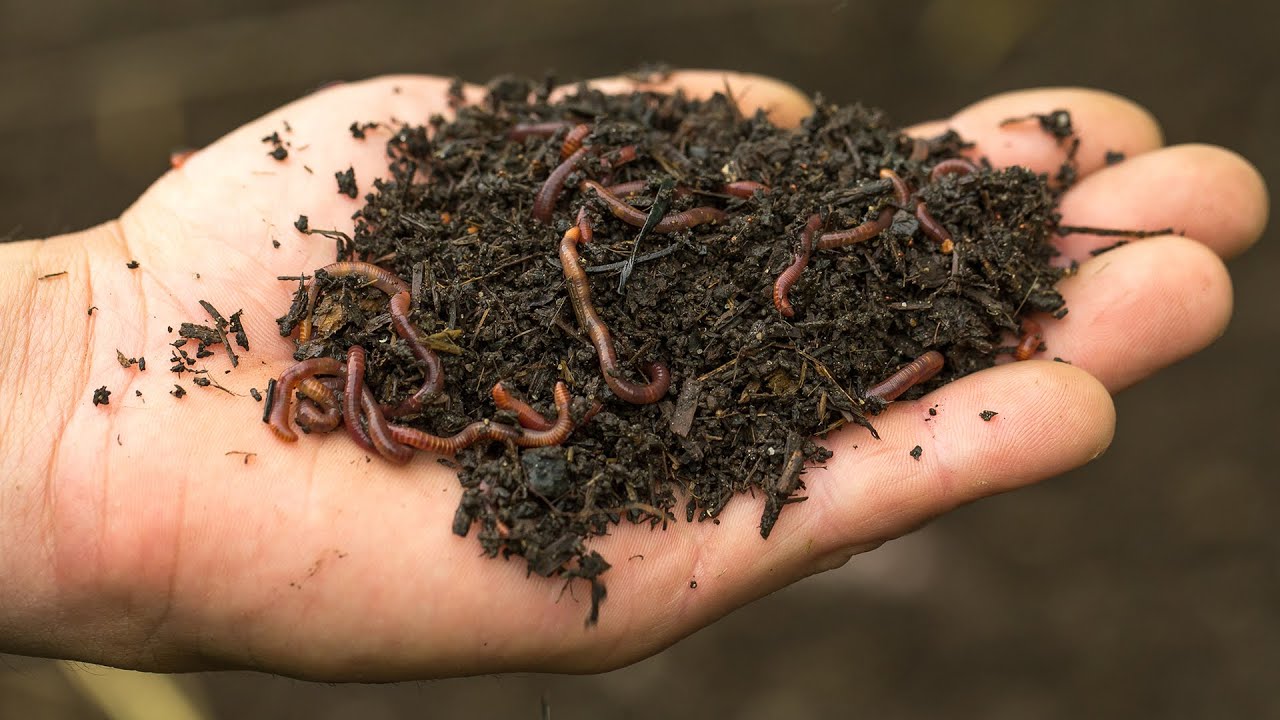“I’ve been gardening for a few years now, but I’ve just started worm composting and I’m curious about using straw in my worm bin. I have a lot of straw from old garden mulch and I’d like to put it to good use. Is it safe and effective to use straw in my worm bin, and if so, are there any particular tips or considerations I should be aware of?” Thanks, Rachel, Denver, USA.
Can I Use Straw In My Worm Bin?
Hey Rachel! It’s great to hear you’re diving into worm composting—it’s such a rewarding way to enrich your soil and reduce waste. Yes, you can definitely use straw in your worm bin. Let me walk you through all the ins and outs so you can get the most out of your worm composting experience.
Why Use Straw in Your Worm Bin?
Straw can be a fantastic addition to your worm bin for several reasons:
- Aeration: Straw helps create pockets of air, which is crucial for maintaining an oxygen-rich environment for the worms.
- Moisture Balance: It helps with moisture retention, preventing your worm bin from becoming either too soggy or too dry.
- Carbon Source: It’s a high-carbon material, which balances out the high-nitrogen kitchen scraps typically added to worm bins.
Preparing Straw for the Worm Bin
Before adding straw to your worm bin, there are a few steps to ensure it’s effective and safe:
- Shred the Straw: While straw can be used whole, shredding it into smaller pieces will make it easier for the worms to consume and integrate into the bedding.
- Moisten the Straw: Dry straw can be too rough and abrasive for worms, so it’s a good idea to dampen it. Aim for the consistency of a wrung-out sponge.
- Avoid Pesticides: Make sure the straw hasn’t been treated with pesticides or herbicides, as these chemicals can harm your worms.
How to Add Straw to Your Worm Bin
When adding straw to your worm bin, it’s important to do it right to maintain a balanced environment:
- Layering: Start by creating a base layer of shredded and moistened straw at the bottom of your bin. This helps with aeration and drainage.
- Mixing with Other Bedding: Mix the straw with other types of bedding like shredded paper, coconut coir, or leaves to diversify the material your worms can work through.
- Regular Additions: Continuously add small amounts of straw as you add kitchen scraps. This helps maintain the carbon to nitrogen ratio.
Monitoring the Worm Bin
Rachel, once you start adding straw, keep an eye on a few key factors:
- Moisture Levels: Ensure the straw and other bedding materials stay moist but not waterlogged. Too much moisture can lead to anaerobic conditions, which aren’t ideal for worms.
- Worm Activity: Monitor the activity of your worms. If they seem to be avoiding the straw, it might be too dry or too tough for them to process.
- Decomposition Rate: Keep an eye on how quickly the straw is breaking down. If it’s decomposing too slowly, consider shredding it finer or adding more moisture.
Common Issues and Solutions
While straw is generally a great addition, there can be some challenges:
Mold Growth: If you notice mold growing on the straw, it might be a sign that the bin is too wet or not receiving enough air. Increase the aeration by turning the bedding or adding more dry materials.
Foul Odors: A balanced worm bin should have a mild earthy smell. If you start noticing foul odors, it could be due to anaerobic conditions or excess nitrogen. Adding more straw or other carbon-rich materials can help balance things out.
Benefits of Using Straw
When used correctly, straw offers numerous benefits to your worm bin:
- Improved Soil Structure: The compost produced will have excellent soil structure, promoting root growth and water retention in your garden.
- Nutrient-Rich Compost: Balanced compost will be rich in nutrients, benefiting your plants’ health and growth.
- Waste Reduction: Utilizing straw in your worm bin reduces waste and makes excellent use of garden by-products.
Final Thoughts…
Rachel, using straw in your worm bin can enhance the composting process by improving aeration, balancing moisture, and providing essential carbon. Just remember to shred and moisten it before adding, monitor the conditions inside your bin, and balance it with other types of bedding material. You’re well on your way to producing rich, beneficial compost for your garden. Thanks for sending in your question, and happy composting!



